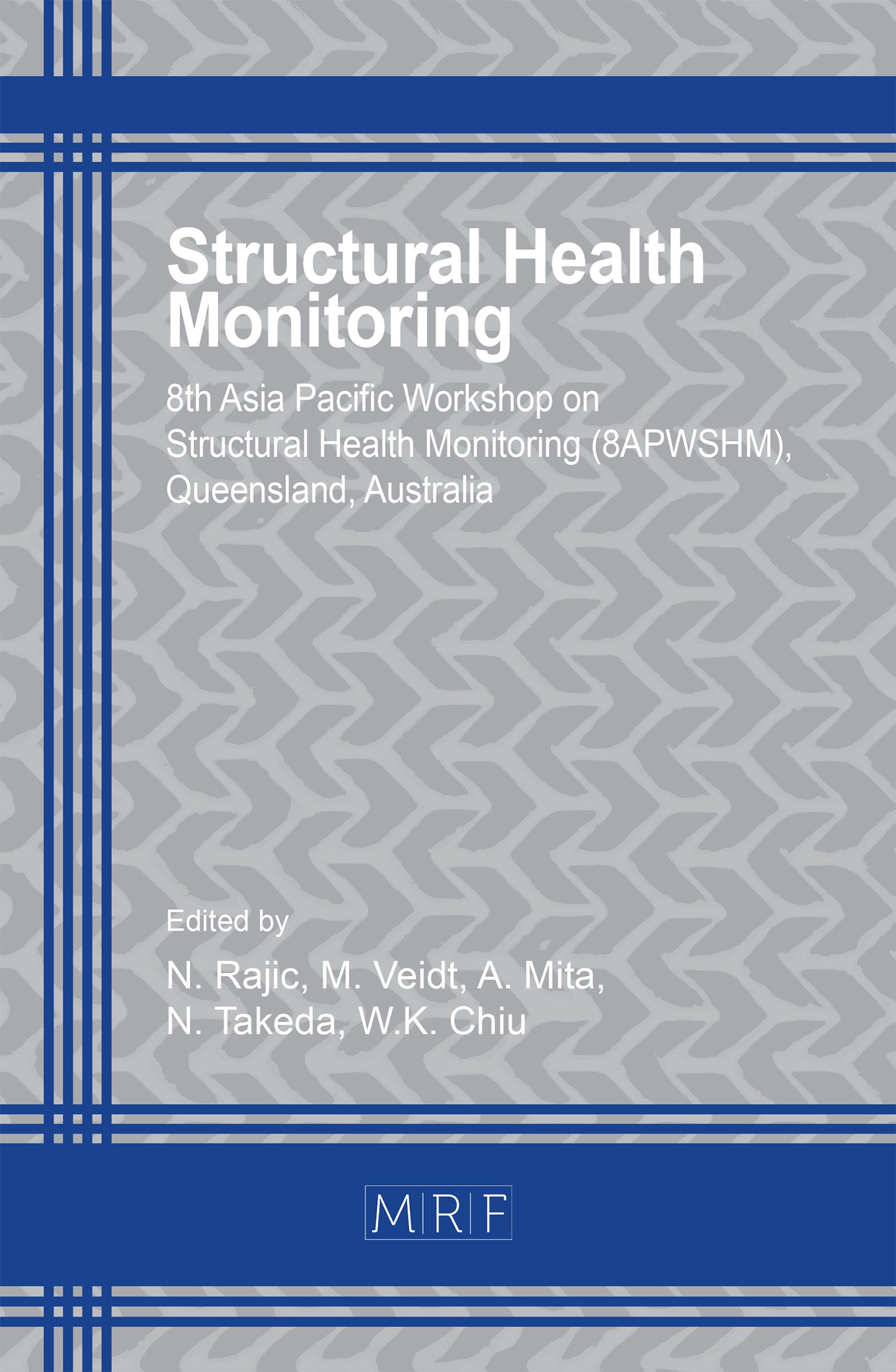Optimal Design of Tuned Mass Damper Inerter for Base-Isolated Buildings
Dawei Li, Kohju Ikago, Songtao Xue
download PDFAbstract. Tuned mass dampers (TMD) are installed in base-isolated building to suppress the excessive isolator displacement and acceleration responses of primary structure. By incorporating an inerter element into the original configuration, the seismic performance of TMD is significantly enhanced. In this work, optimal solutions of tuned mass damper inerter (TMDI) for improving the seismic resilience of base-isolated building are proposed. The analytical formulations of optimal design of TMDI are respectively developed to minimize the H2 norm of the displacement of primary structure relative to the base floor and the isolator displacement. The performance of presented optimal methods are validated by using stationary responses under the stochastic excitations. Additionally, the seismic performance of TMDI with parameters obtained from the proposed method are compared with the established methods.
Keywords
Tuned Mass Damper Inerter, H2-Norm, Optimal Design, Stationary Analysis
Published online 2/20/2021, 9 pages
Copyright © 2021 by the author(s)
Published under license by Materials Research Forum LLC., Millersville PA, USA
Citation: Dawei Li, Kohju Ikago, Songtao Xue, Optimal Design of Tuned Mass Damper Inerter for Base-Isolated Buildings, Materials Research Proceedings, Vol. 18, pp 263-271, 2021
DOI: https://doi.org/10.21741/9781644901311-32
The article was published as article 32 of the book Structural Health Monitoring
![]() Content from this work may be used under the terms of the Creative Commons Attribution 3.0 licence. Any further distribution of this work must maintain attribution to the author(s) and the title of the work, journal citation and DOI.
Content from this work may be used under the terms of the Creative Commons Attribution 3.0 licence. Any further distribution of this work must maintain attribution to the author(s) and the title of the work, journal citation and DOI.
References
[1] Y. Nakamura, K. Okada. Review on seismic isolation and response control methods of buildings in Japan. Geoenvironmental Disasters. 6 (2019) 1–10. https://doi.org/10.1186/s40677-019-0123-y
[2] Pan Peng, D. Zamfirescu, M. Nakashima, N. Nakayasu, H. Kashiwa. Base-isolation design practice in japan: introduction to the post-kobe approach. J. Earthqu. Eng. 9 (2005) 147–171. https://doi.org/10.1080/13632460509350537
[3] F. Naeim, J. M. Kelly. Design of seismic isolated structures: from theory to practice. John Wiley & Sons, 1999, pp.1-296. https://doi.org/10.1002/9780470172742
[4] J. M. Kelly. The role of damping in seismic isolation. Earthq. Eng. Struct. Dyn. 28 (1999) 3–20. https://doi.org/10.1002/(SICI)1096-9845(199901)28:1<3::AID-EQE801>3.0.CO;2-D
[5] J. N. Yang, A. Danielians, S. C. Liu. Aseismic hybrid control systems for building structures. J. Eng. Mech. 117 (1991) 836–853. https://doi.org/10.1061/(ASCE)0733-9399(1991)117:4(836)
[6] L. Marian, A. Giaralis. Optimal design of a novel tuned mass-damper–inerter (TMDI) passive vibration control configuration for stochastically support-excited structural systems. Probab. Eng. Eng. Mech. 38 (2014) 156–164. https://doi.org/10.1016/j.probengmech.2014.03.007
[7] D. De Domenico, G. Ricciardi. An enhanced base isolation system equipped with optimal tuned mass damper inerter (TMDI). Earthq. Eng. Struct. Dyn. 47 (2017) 1169–1192. https://doi.org/10.1002/eqe.3011
[8] L. Marian, A. Giaralis. The tuned mass-damper-inerter for harmonic vibrations suppression, attached mass reduction, and energy harvesting. Smart. Struct. Syst. 19 (2017) 1-23. https://doi.org/10.12989/sss.2017.19.1.001
[9] A. Di Matteo, C. Masnata, A. Pirrotta. Simplified analytical solution for the optimal design of Tuned Mass Damper Inerter for base isolated structures. Mech. Syst. Signal Proc. 134 (2019) 106337. https://doi.org/10.1016/j.ymssp.2019.106337































